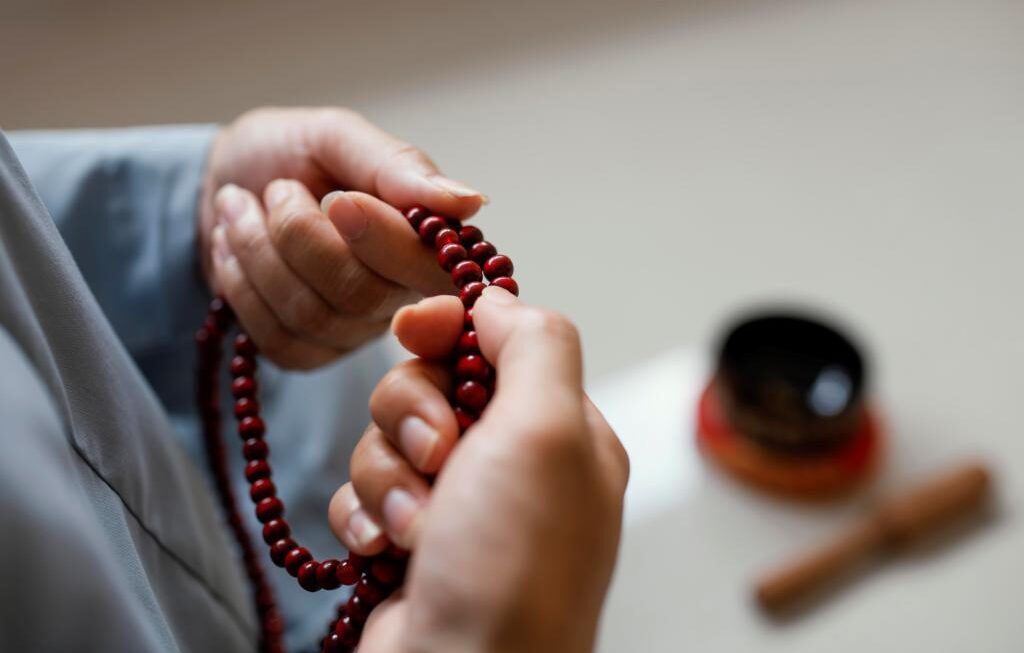Siri Fort – Impregnable Fortress Of A Controversial
History Of Siri Fort
The history of New Delhi and the history of the Siri Fort are connected inseparably to each other. The present-day city of New Delhi has been inhabited from ancient times for the last 4000 years. Beyond the mythological era, the town came into prominence under the Tomara rule in the 9th century AD, when it became the focal point of the power struggle in northern and north-western India. After the last Hindu king of Delhi Maharaja Prithviraj Chauhan was defeated and imprisoned by Muhammad of Ghor in 1192 AD, Delhi came under the Muslims’ direct rule. A Mamluk Turk formed the first independent Muslim dynasty of Delhi by the name of Qutbuddin Aibak. His Mamluk or Slave Dynasty succeeded the Turkic Islamic dynasty of the Khiljis in 1290 AD. Jalaluddin Khilji, the first Sultan of the Khilji dynasty, started planning the erection of a new city beyond Qila Rai Pithora and the Qutb Complex of Mehrauli. Still, Alauddin Khilji, his nephew/son-in-law and successor, launched construction work to build the fort and the city. The better part of the later Slave Dynasty rulers and Jalaluddin Khilji’s rule passed under the continuous threat of Mongol invasion from the north-west. Alauddin, who had faced the Mongols on the battlefield even before becoming the Sultan, was well aware of the necessity to build more substantial fortifications around the Empire’s capital to save it from continuous Mongol onslaughts and the innovative siege techniques they applied. Therefore, the Seljuk Turks’ help took refuge in the Delhi Sultanate after the fall of their Central Asian and West Asian Kingdoms to the Mongols. With Their Unique architectural knowledge about fort building, Alauddin ordered the massive Siri Fort erected in Turkish-style architecture, previously unknown in India. The Seljuk Turkish craftsmen who took asylum in Delhi are credited with this era’s monuments built by the Sultans of Delhi.
The original fort of Siri was oval. The fort wall’s total length was about 5 km, and it enclosed an area of about 1.7 sq. km within it. Today, there are only scant remains of original buildings from Alauddin’s reign within the fort itself and indeed no remains of any palaces or other lofty buildings as described by Timur (also popularly known as Tamerlane) when he invaded Delhi in 1398
Alauddin also commissioned the Hauz-i- Alai tank nearby to supply water to his new city outside of the fort walls. Today, the fortifications of Siri have survived in tiny parts. Some sections of the border are still being excavated by archaeologists and remain buried under the forest cover that took hold of the area centuries after its abandonment. Large parts of the fortifications were dismantled by later emperors who used them to quarry for material to build their cities.
WaterBody at Hauz Khas Alauddin Khilji built this place for his army to stay and rest
A particular mention has to be made of Sher Shah Suri, who plundered Siri’s material to construct his city of Shergarh. Large parts of the original walls have been lost to the modern expansion of the city. The most prominently visible section is set within a protected park right on the main August Kranti Marg. Here, the fortifications are pretty substantial, and they are built in a typical style, with battered walls and a passage within the wall at its base. Remains of bastions, flame-shaped battlements, and loopholes for arrows are seen here for the first time.
The entrance to the only well maintained portion Of Siri Fort
There are also remnants of a bridge that may have been used to cross a stream that flowed just outside the wall to the west. The other large protected sections, especially the remains of the foundations of bastions, can be seen by taking the road that leads to the Siri Fort Sports Complex and turning left onto a protected piece of land demarcated with signs visible from outside of a small entrance gate. Yet another tiny section can be seen to the south of Shahpurjat village abutting the Panchsheel Park residential neighbourhood. This section of the walls of Siri is probably the most threatened by modern development
There is a small but magnificent tomb in the Panchsheel Park area of South Delhi with two graves of unknown soldiers. Right across the road, there is a small prayer hall which is in the Turkish style of architecture. The posh South Delhi structure of the elite class overwhelms this gem of history.
The tomb with two graves inside and two small graves outside in the Panchsheel Park area of South Delhi.
The Prayer Hall
The prayer hall was built during the time of Alauddin Khilji for his soldiers.
Alauddin Khilji’s repulsion of the Mongol invasions of India
Alauddin Khilji was born in Delhi in 1266 CE, lived his entire life in the Indian subcontinent, and ruled as Sultan of Delhi from 1296 CE – 1316 CE. By any definition, he would have to be called an Indian monarch, not a foreign invader. As a ruler, he would prove himself to be one of India’s greatest warrior kings and one of the world’s great military geniuses.
By all accounts, Alauddin Khilji was not a benevolent king to his subjects. He was a brave soldier and a brilliant general who saved the Indian subcontinent from certain destruction. Of course, Khilji did not resist the Mongols to preserve Indian culture and civilisation; he did what he did to save himself. But that is true of every ruler who defends their kingdom against a foreigner, whether Shivaji, Rana Pratap, or Laxmibai of Jhansi.
Legends say that Alauddin founded the Siri Fort and the city around it on 8000 severed heads of captured Mongol soldiers, which served as the origin of the name Siri with Sar meaning ‘a head’ in Turkic language; later, Somebody transformed the word into Siri. Contrary to popular belief, Alauddin was an erudite Sultan with a lot of knowledge and interest in architecture. Even today, the evidence of his impeccable taste in architecture can be easily found in the ruins of the Siri Fort and the city itself. The power, richness, and prestige of Siri can be amassed from the fact that it was called the “Darul Khilafat” or “The seat of the Caliphate” under Alauddin’s rule
Noted historian Chandra Lal says, “To say that Alauddin Khilji saved Indian Sub-Continent from Mongols and hence saved the culture we enjoy now. Mongol’s were nomadic and were known to destroy the place they conquered.”
The main revenue of the state came from agriculture, and most of the farmers were Hindus. Alauddin needed to finance his expensive military campaigns, and for this, he levied heavy taxes on the farmers — and hence the Hindus. This was rightly viewed as oppression; but the motivation for the oppression was fiscal, not religious. Lal adds on.
An additional motivation for Alauddin in impoverishing the farmers was that there was a constant threat of rebellion against him. This threat arose both from the wealthy farmers as well as from the Muslim nobility. Alauddin acted with equal brutality in suppressing both threats. A poor farmer was not a threat
Even the much-reviled religious tax, the Jaziyah, was levied somewhat inconsistently, as Chandra points out: “Jaziyah as a separate tax affected only a small section in the towns. As such, it could hardly be considered a device for forcing conversion to Islam.”
It seems clear from various historical sources that the rule of Alauddin Khilji was not characterized by bigotry. And it would not have been practical, in any case, to indulge in large-scale discrimination against the Hindu majority — not only for Alauddin but for any sultan, for the rulers were in the minority. As historian Peter Jackson says, Iltutmish, one of Alauddin’s predecessors, once explained to his clergy that Muslims were as scarce in India as “salt in a dish of food,” and hence he could not afford to be too harsh with the Hindus. Some historians regard him as one of the finest generals who saved the Indian Sub-Continent from Mongols. A warrior who looked after his troops and would always go that extra mile for his soldiers. Some historians say he was against Hindus who butchered and burdened them with an additional tax. Filmmakers would like us to believe as if he was a nomad and a Mongol himself.
SIRI FORT

-By Narendra Tripathi
http://www.monumentaltrail.com
About the author:
A corporate Chief Operating Officer. An economist turned historian. Passionate Photographer of monuments.Researcher, Blogger and Traveller. Always on a lookout for forgotten and lesser-known monuments. The stories attached to each monument is the theme of my Blog.




